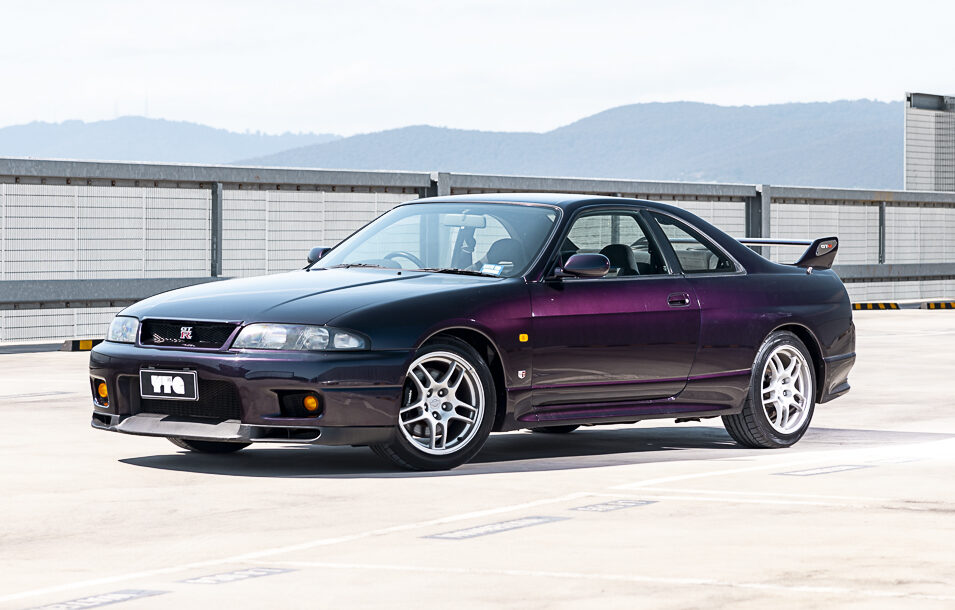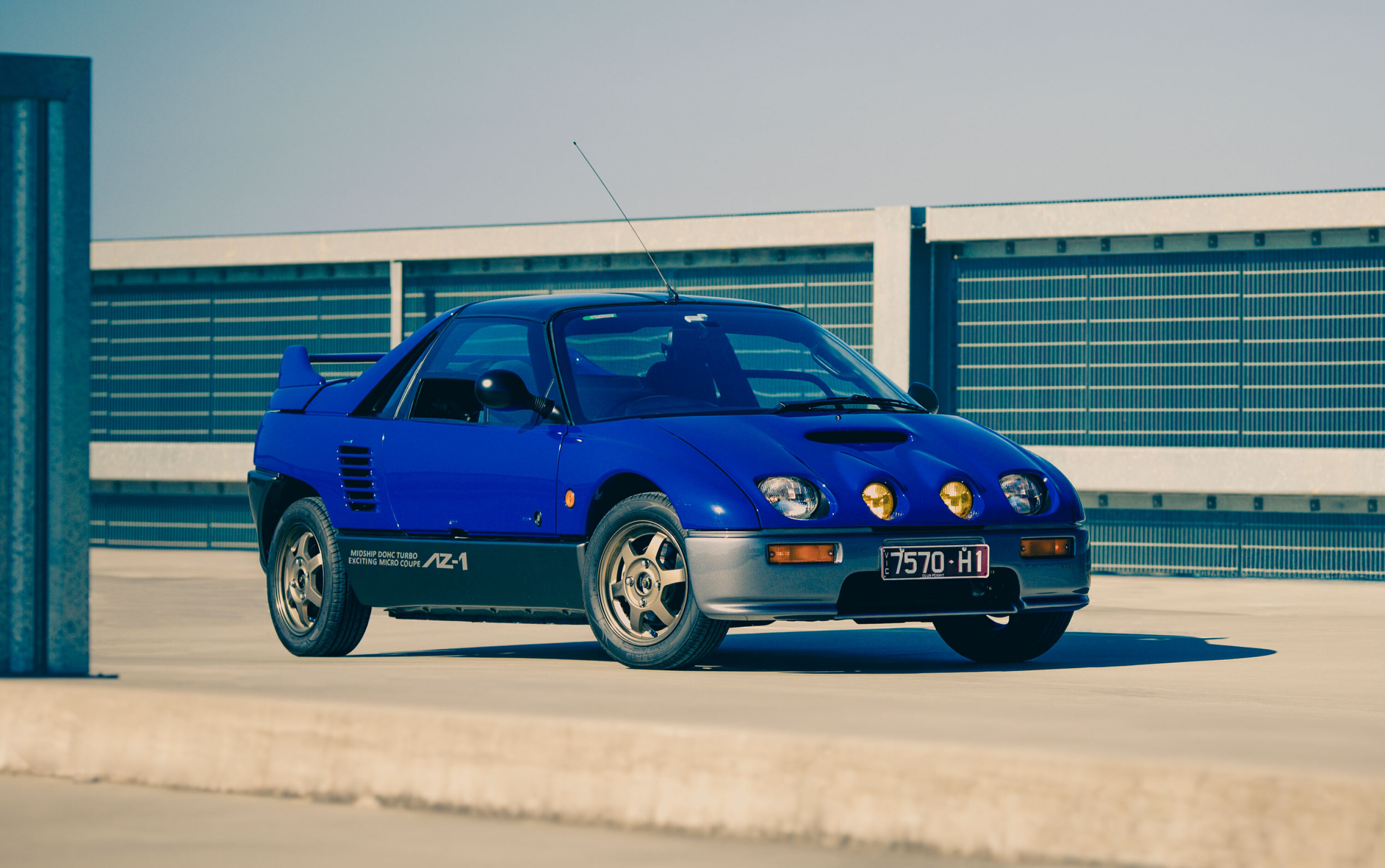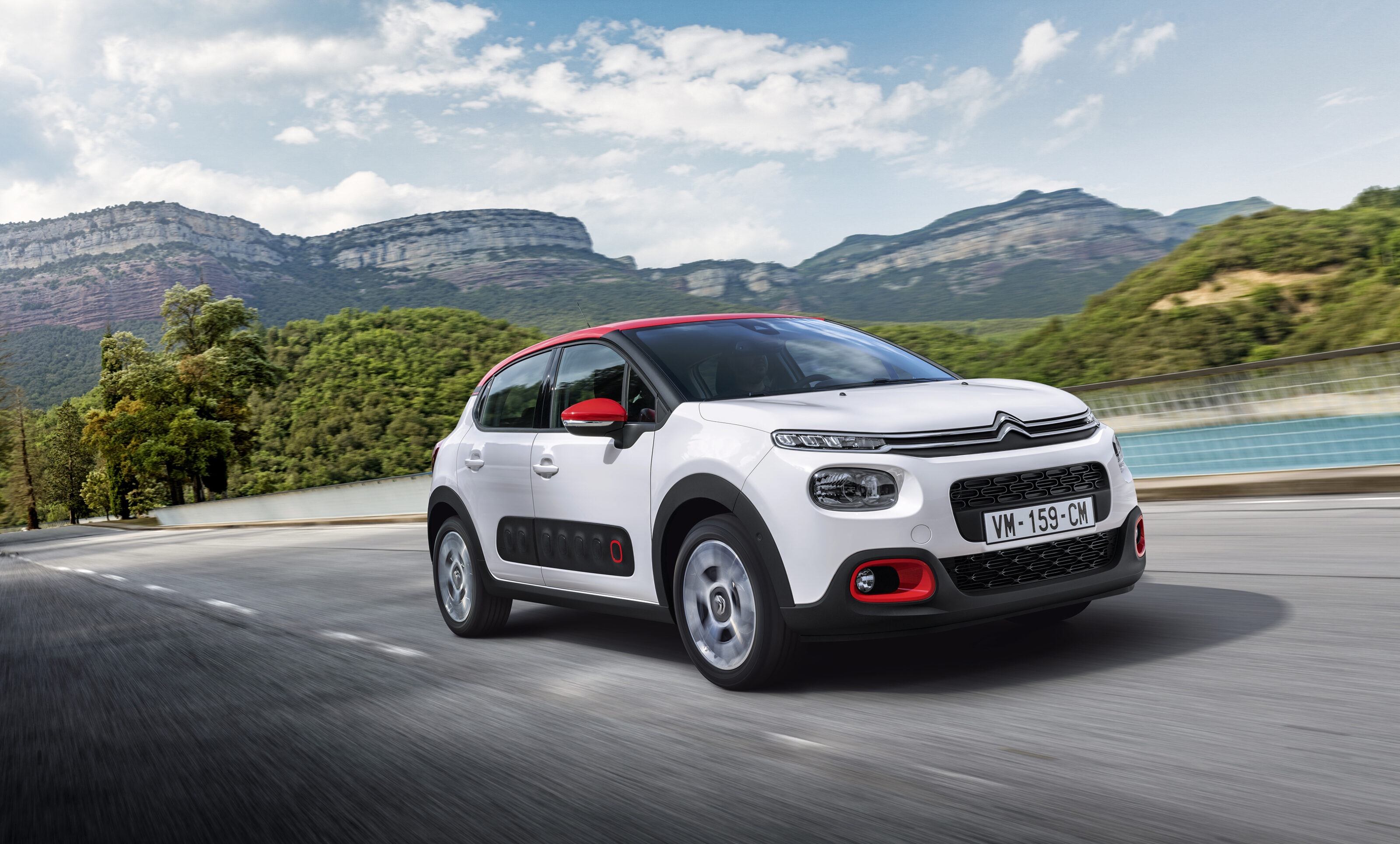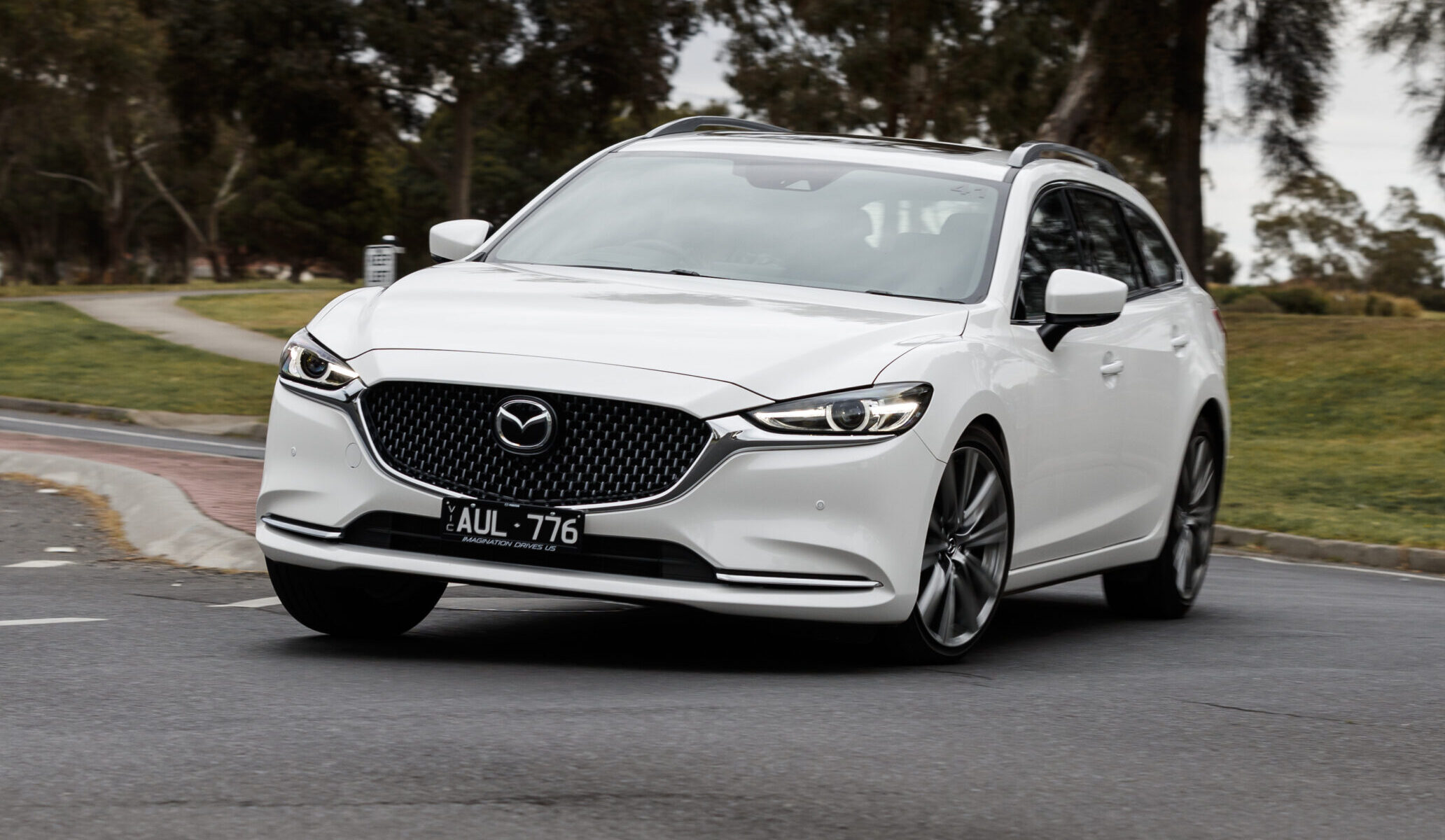We’re steeped in Nissan Skyline GT-R history here in Australia. It’s almost as if the history of Godzilla is somehow passed down by osmosis through generations of car enthusiasts. It’s part of the fabric of Bathurst, and all Aussie petrolheads will be able to hold forth on the exploits of Mark Skaife and Jim Richards behind the wheel of the all-conquering GT-R, and be able to quote the ‘pack of arseholes’ speech verbatim. It’s simply a rite of passage.
Most will also appreciate quite how many hoops Nissan had to jump through in order to officially import the R32 GT-R and that for all of its illustrious reputation, Nissan couldn’t find 100 takers for it. Nissan Australia’s chief Ivan Deveson instead claimed, with some justification, that it wasn’t about sales numbers. It was a brand-building exercise to capitalise on the success of the race cars.
In fact, the work required to get the cars to comply with Australian Design Rules was extensive, but conducted on a shoestring $250K budget. A new transmission oil cooler was required, the muffler and windscreen, instrument panel, rear lights, and side intrusion bars required changing, and the speed limiter was removed. But we’re getting sidetracked.
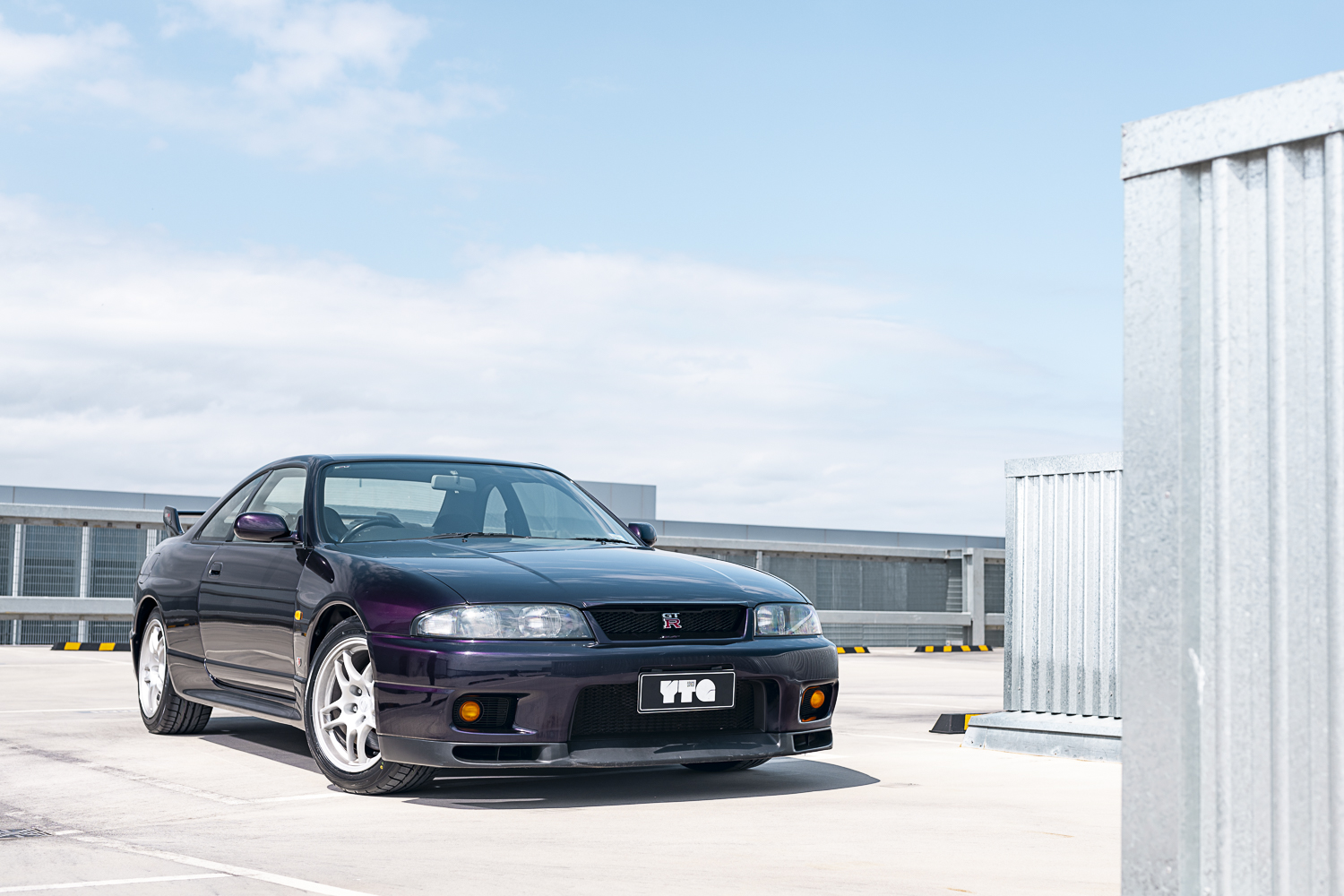
What the modest take-up of R32 GT-R did was to scupper any chances of its successor, the R33, coming to Australia in any official capacity. Nissan did crunch the numbers in 1993, and realised that with the ADR modifications being handled in-house in Japan, the landed price here would be somewhere in the region of $190K, some 75 percent more than the slow-selling R32 GT-R, and nudging on the price of a Porsche 964 Carrera 4. The figures just couldn’t be made to work and other markets were prioritised for R33 GT-R exports.
All of which explains why we see the R33 GT-R as the awkward middle child of the Godzilla triumvirate, and most of the rest of the world views it quite differently. To European markets, it’s the hero GT-R, much of that attributable to one very smart piece of marketing. Back in 1996, the company proudly trumpeted the fact that the Skyline R33 GT-R had claimed the production car record around Germany’s fabled Nürburgring Nordschleife. Right under Porsche’s nose, the Japanese had hired hotshoe Dirk Schoysman to pedal a GT-R around the Green Hell in 7m59s, making it the first production car to lap in under eight minutes. Or so Nissan claimed.
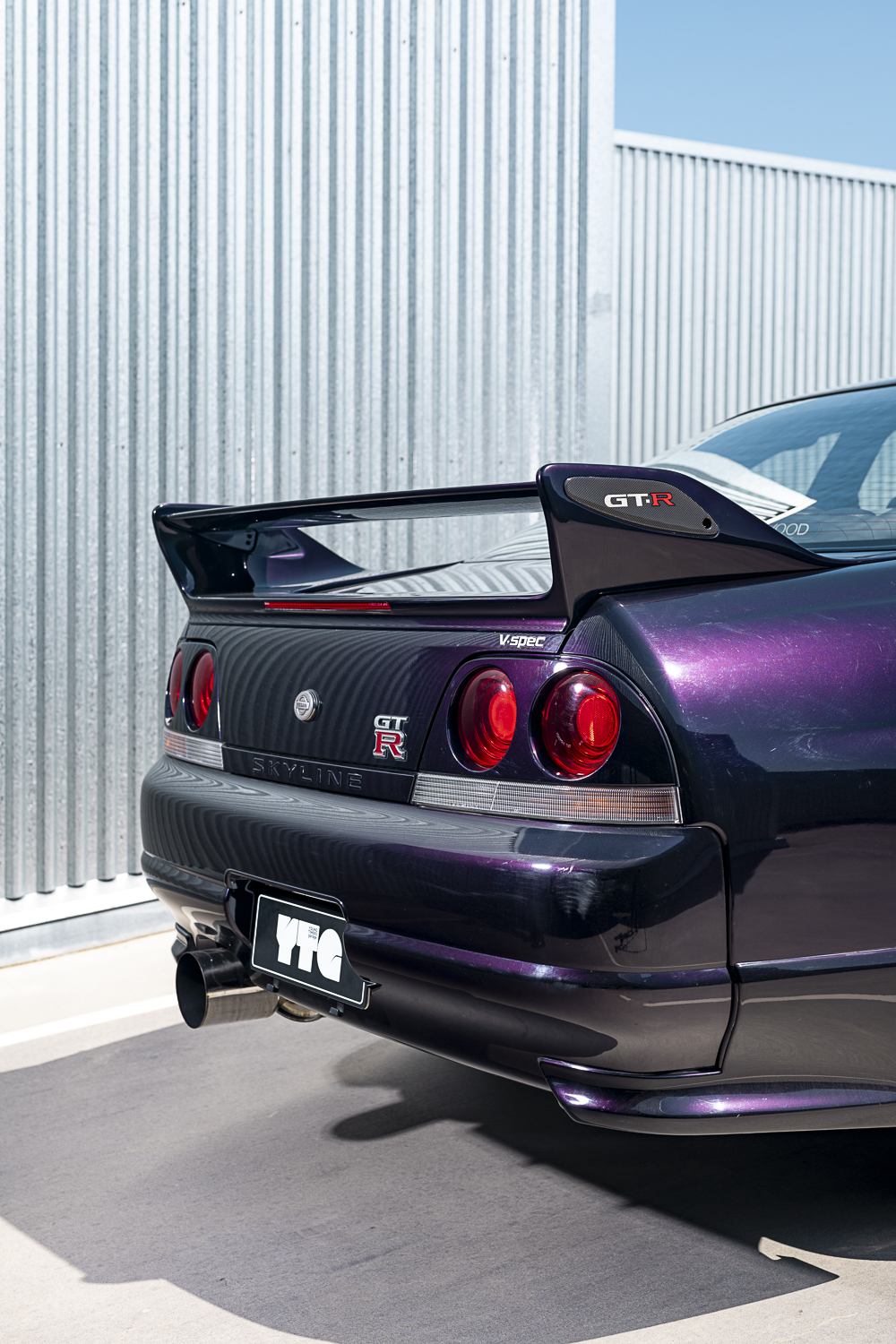
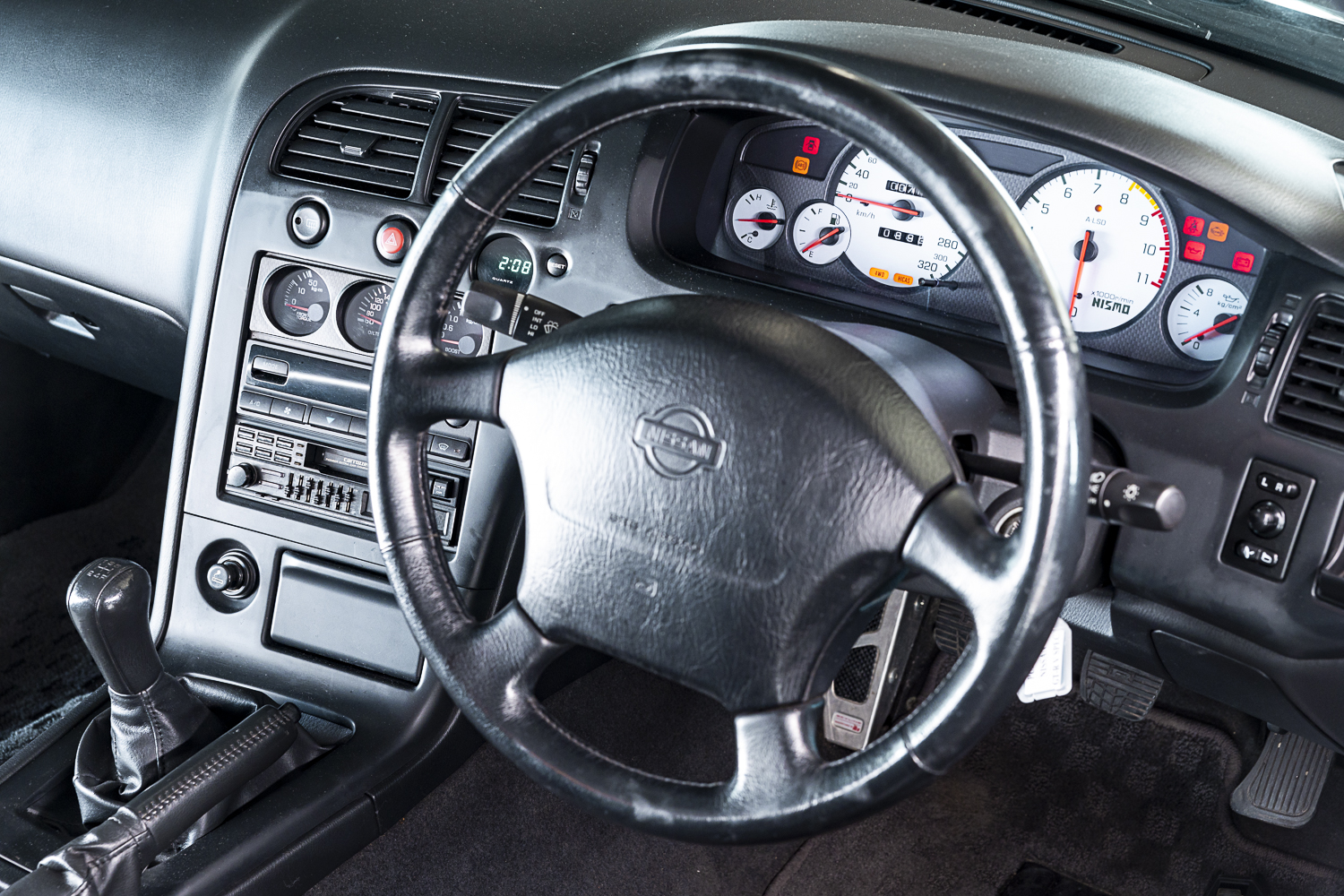
Now clearly there are a few issues with this claim. Nissan did not cheat, because it’s impossible to cheat when there are no rules. There’s no official lap time record around the Ring, merely self-reported times with no independent sanction. The car wasn’t inspected to be standard beforehand and even Schoysman will have a little chuckle when asked if the GT-R was the same as the ones that rolled off the lines. It even ignored the fact that Jaguar had registered a 7m46s time in an XJ220 back in 1991. It nevertheless set the media into a frenzy and kicked off a Nürburgring lap time arms race that continues to this day. When the folk at Jaguar heard what Nissan had done, they only belatedly realised quite what a promotional opportunity they’d squandered.
The 7:59 lap record car (chassis number 000055) is still owned by Nissan and is kept at its Zama heritage collection, sometimes appearing in the foyer at the HQ. A close look at that car shows the aluminium roll cage and what looks like a decidedly non-standard exhaust system. But then Nissan had a target to aim for. The previous year, Japanese title ‘Best Motoring’ had rocked up in Nürburg with an R33, gun driver Motoharu Kurosawa and some video equipment. They recorded an 8m01s time, which clearly set the cogs ticking at Nissan headquarters.
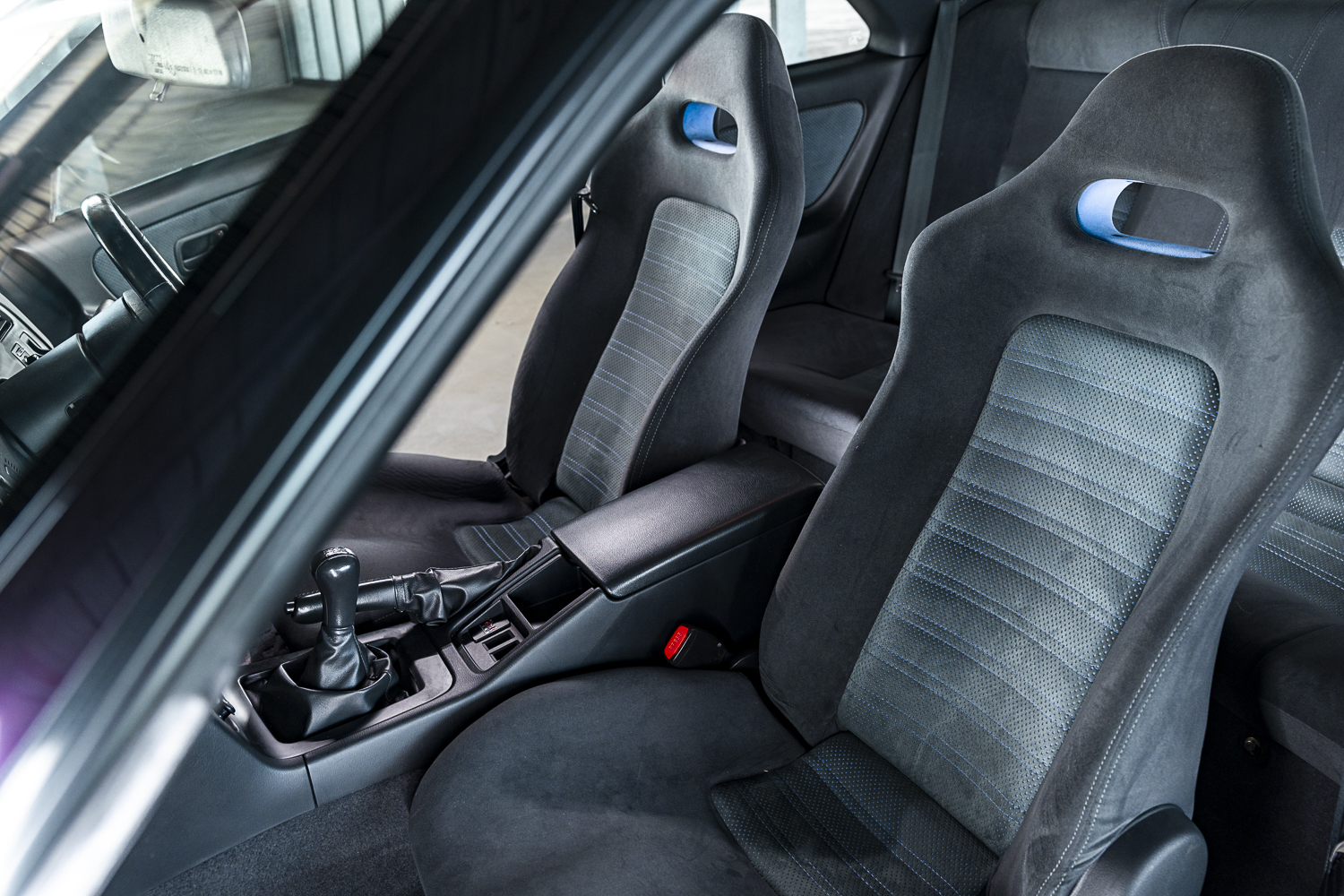
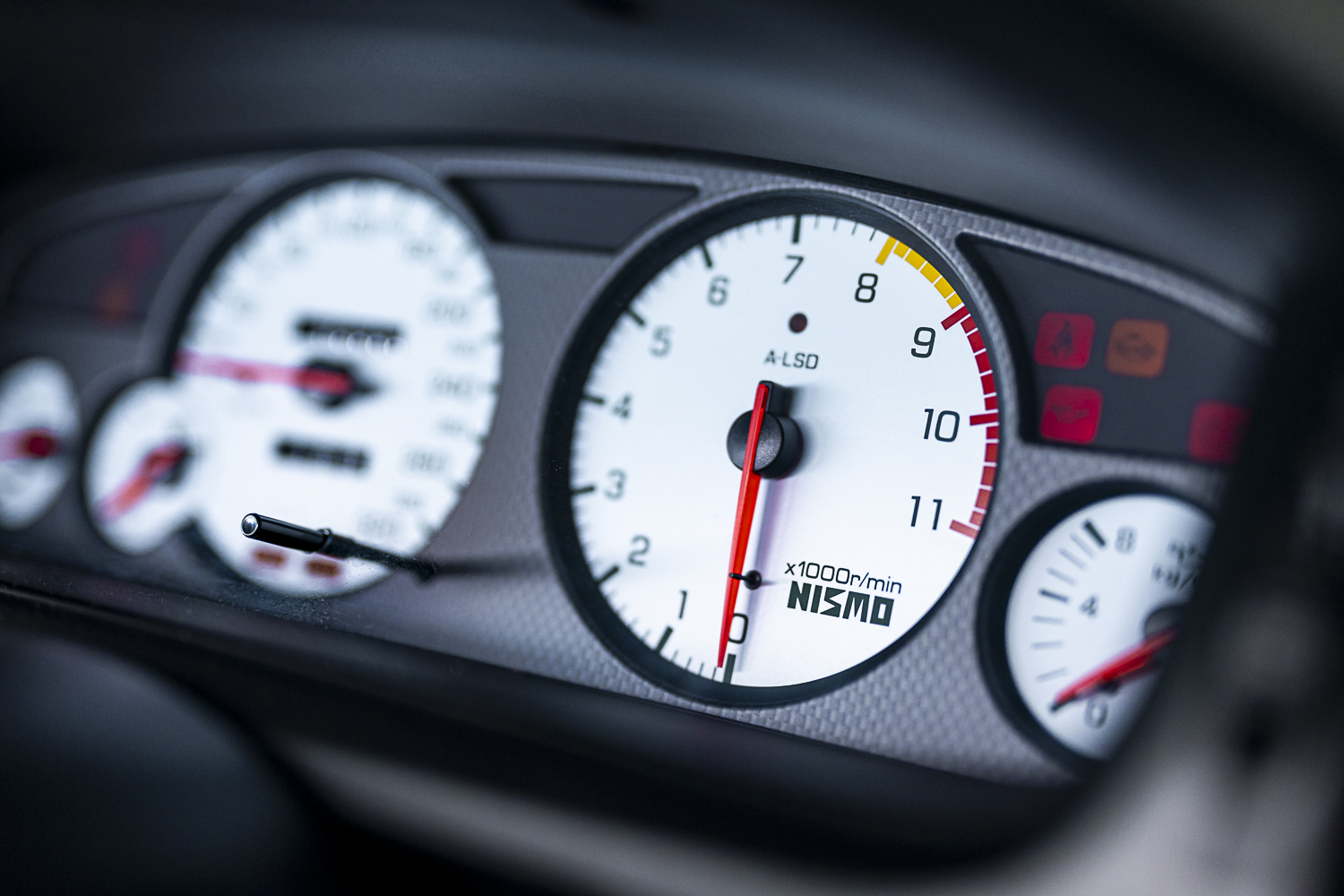
A friend gave me a copy of that VHS tape and I remember being utterly transfixed by it, watching it over and over until it became even snowier and fuzzier. Kurosawa’s level of commitment seemed utterly demented and the Skyline became this awe-inspiring thing, a monster that bent physics and made the supercar establishment look old and stupid. Little did I know that by the time I’d be writing this that Golf GTIs can lap quicker. It kicked off a personal and professional love affair with the Green Hell that lasted nearly 20 years and thousands of laps.
If the R33 Skyline GT-R was quick around the ‘Ring, it took its own sweet time getting there. First shown in October 1993 at the Tokyo Show, it would be another 15 months before production versions started rolling off the lines. To appreciate the R33 GT-R it pays to understand the conditions in which it was born. In 1991, between the R32 and the R33 Skylines being launched, Japan’s so-called bubble-economy collapsed.
This, and the subsequent interest-rate stagnation, were to have repercussions for years. Not only did it mean that savings had to be made with the R33, it even meant that its successor, the R34, never got the front-mid-engined layout and twin-turbo V6 that engineer Kazutoshi Mizuno and designer Kozo Watanabe had both planned for it. Shame.
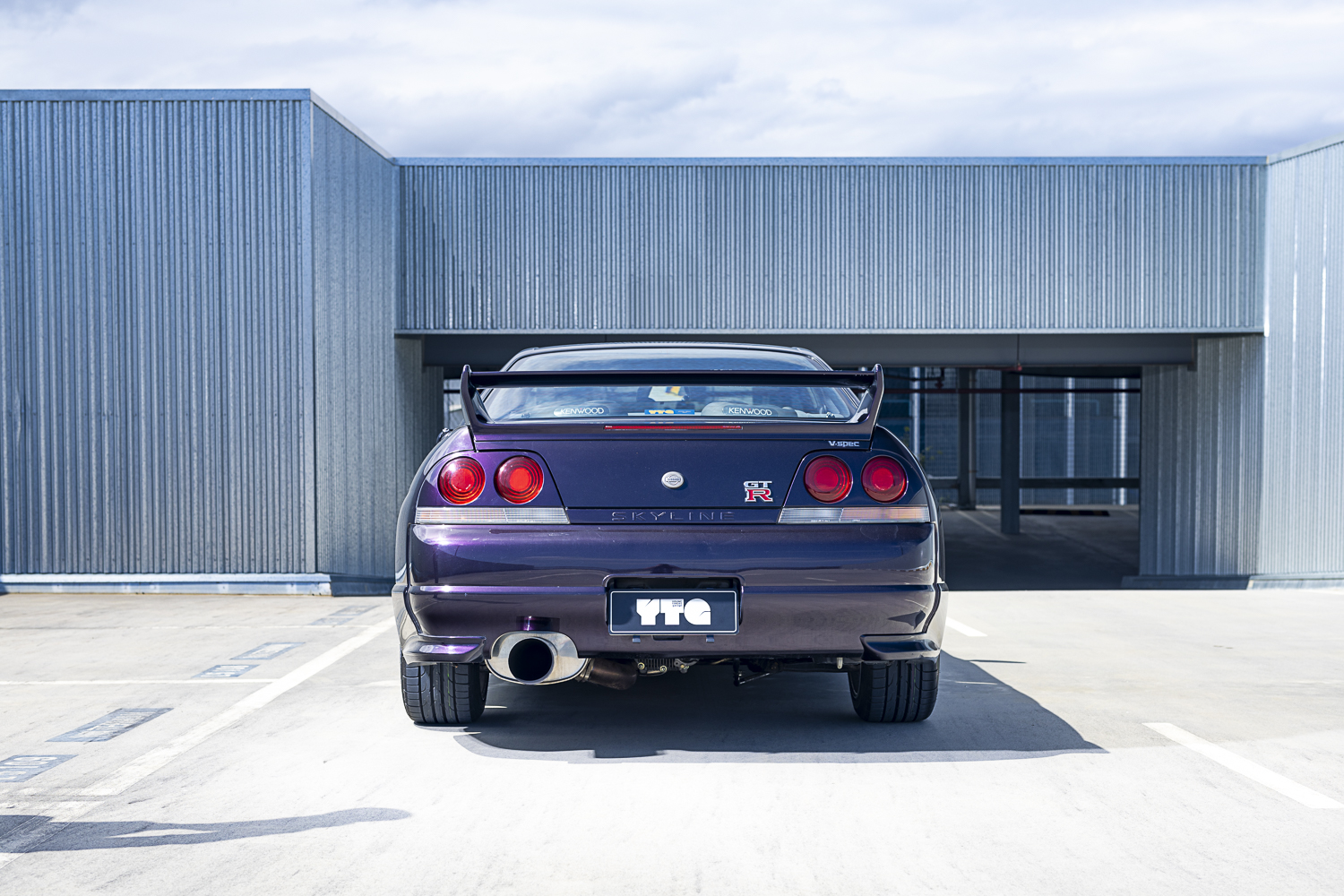
So there were no blank cheques for the R33’s development. Instead, it had to platform share in order to make a business case for itself. So it rode on a version of the Nissan Laurel’s underpinnings which, in turn, made it larger and heavier than the car it replaced, with Nissan claiming it had stuck to the 280PS (206kW) ‘gentlemen’s agreement’ for power output.
To the uninitiated, the R33 GT-R initially appeared a dud; an overweight wannabe that had none of its predecessor’s competition pedigree.
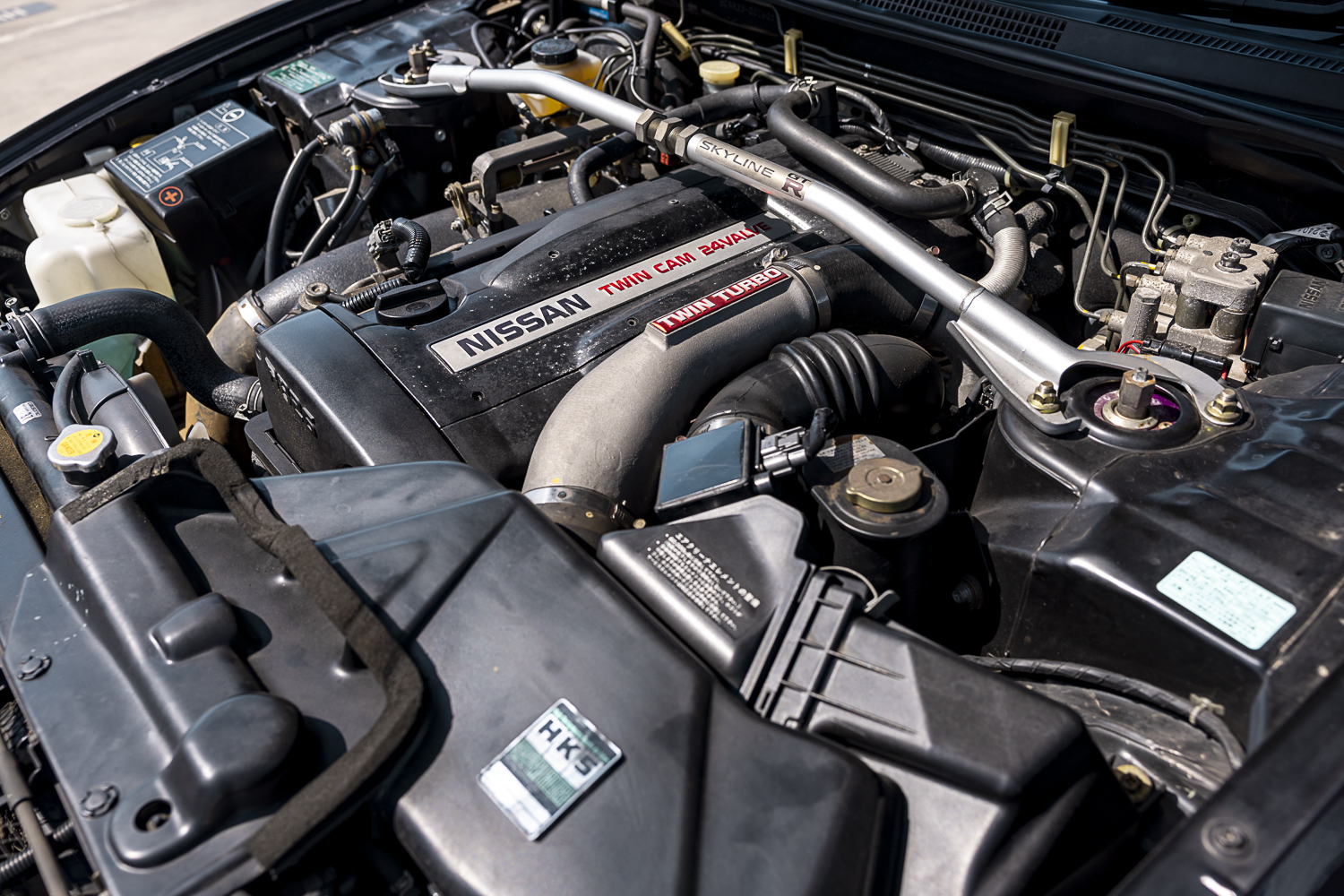
Then the first road tests began to spill. It was clear that this was anything but a dumbed-down R32. Our man in Japan, Peter Nunn, posted his first report in the March ’95 issue of Wheels. Nissan was already claiming that it could lap the ‘Ring 21 seconds faster than its predecessor. What’s more, it claimed the R33 could sprint through 400m in 13.5 seconds – a full 0.4sec clear of the R32. By today’s standards, that’s about line-ball with a front-drive Hyundai i30 N. Back then, it was junior supercar quick.
How do you do that with a 100kg-heavier car with no more power? Not for the first time, aspersions were cast as to the amount of power the RB26DETT straight-six was actually making. Indeed, independent testing found some showroom-spec examples making in excess of 240kW at the crank. There are clearly gentlemen and gentlemen. Of course Nissan claimed otherwise, pointing to the fact that the new GT-R was more aerodynamic. It pointed to a three percent increase in torque to 367Nm at 4400rpm, quicker spooling ceramic turbochargers and a smarter, grippier all-wheel-drive system.
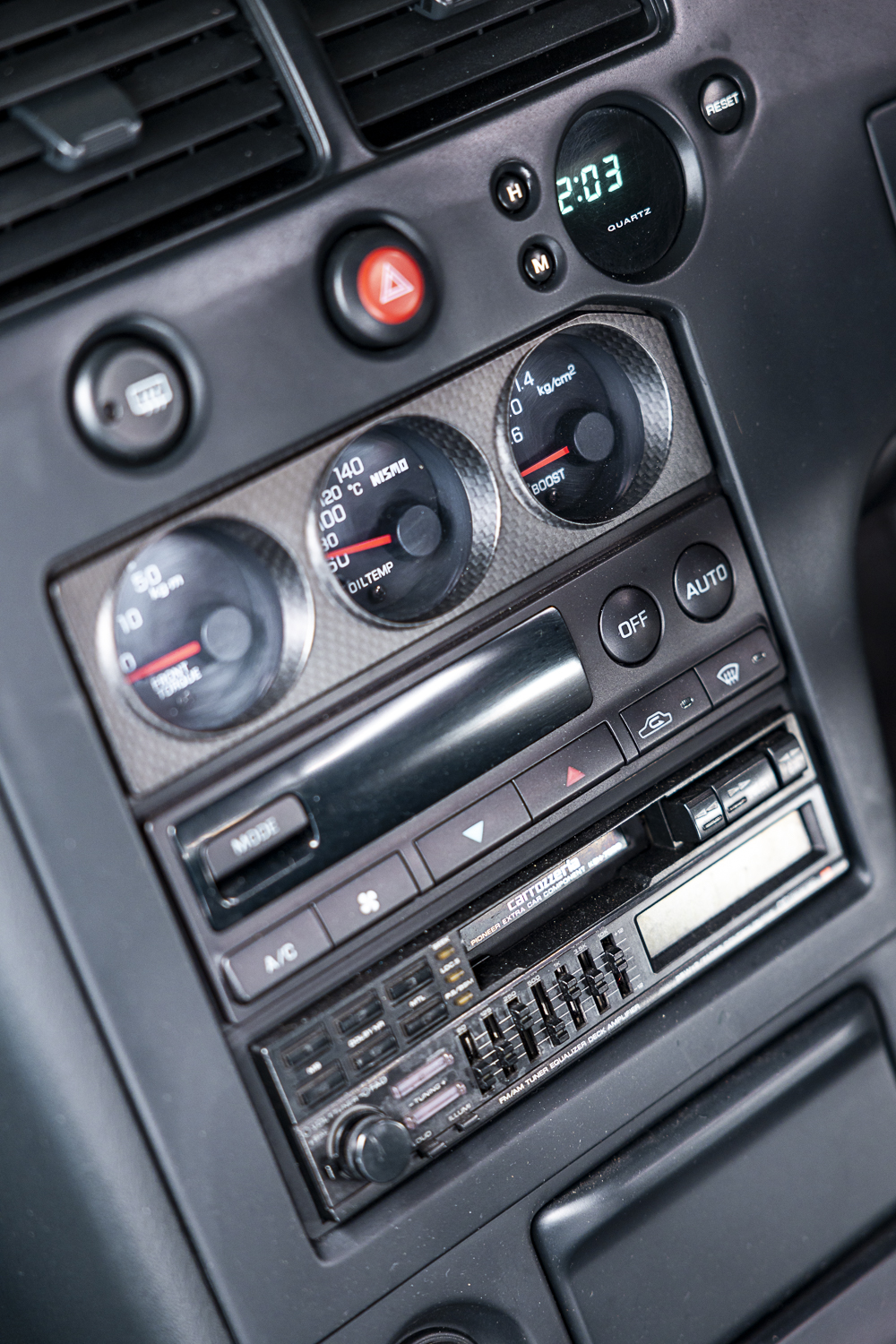
There were numerous other enhancements over the R32. Its body was notably more rigid due to beefier sills, body braces front and rear, and a reinforcing panel behind the rear seats.
The brakes scored an upgrade, too, now measuring 324mm up front and 300mm at the rear compared to 296mm and 297mm respectively on its predecessor. The R33’s standard wheel and tyre set was bigger, and while the Super HICAS four-wheel steering system was retained, the R33 featured a smarter electronic controller rather than being hydraulically actuated.
Japanese buyers got to choose between the standard GT-R and the V-spec version. The standard car got the ATTESA E-TS all-wheel drive system to shuffle drive between the two axles, which talks to the four-wheel steering’s computer, taking inputs from the three-dimensional G, wheel speed and steering angle sensors. It can then calculate yaw, and the processor adjusts the rear-wheel steering angle, enhancing stability.
The V-spec models got a refinement of this system, ATTESA E-TS PRO, which has the ability to integrate control of the driving forces across the rear axle independently. This features a computer-controlled viscous limited-slip differential (the A-LSD). V-spec models also received stiffer spring and damper rates, and a ride height drop of 10mm.
Tuners who valued the bombproof nature of the RB26 quickly discovered that the V-spec’s A-LSD was the weak point in the drivetrain. The fix involves sourcing the non V-spec diff housing and shafts, and then fitting an aftermarket mechanical diff – the Nismo GT-Pro 1.5 or a Quaife being favoured choices. The budget option is a helical diff from an S15 Silvia.
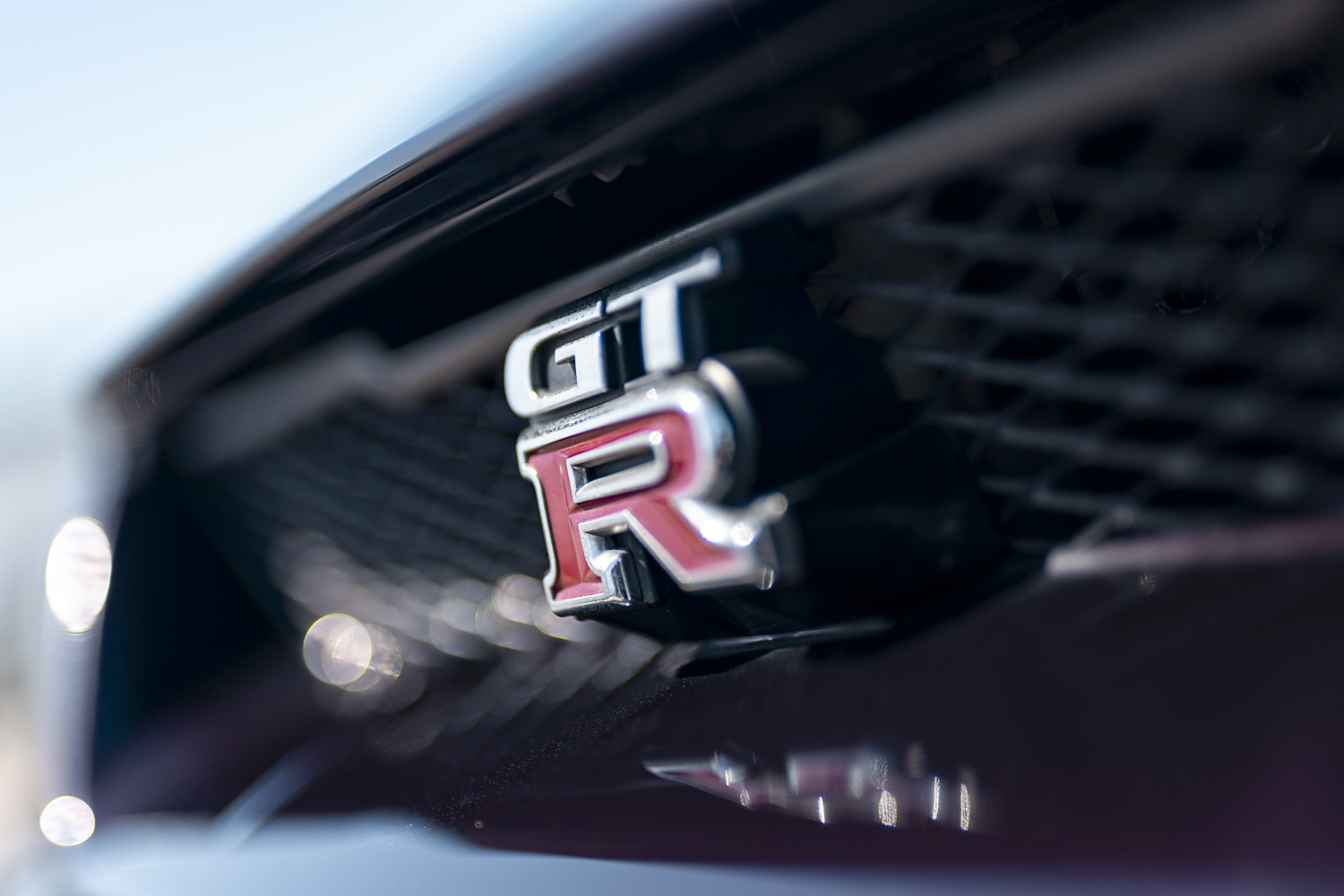
Beneath the fancy tech, the R33 Skyline GT-R is ostensibly a rear-wheel-drive car. If it can send 100 percent of torque to the rear wheels without drama, it will. If necessary, up to 50 percent of torque can go to the front wheels. The ATTESA processor is calibrated with identical base values for the front and rear wheels. This means that it makes the assumption that all wheels and tyres are identical: same size (245/45ZR17), same tyre type, same wear pattern. Staggering wheel size or doing anything but fitting four identical tyres tends to mean that its math doesn’t math any more. Not ideal.
Our first experience with the R33 GT-R on Aussie bitumen came with a June 1996 track test where we put the first privately imported V-Spec (finished in the same Midnight Purple colour scheme as the Young Timer Garage car here) up against the BMW E36 M3 Evo and an HSV GTS-R. Curiously, for a car that majored on tech, the Nissan sported a five-speed manual versus the six-speeders fitted to the German and Aussie brawlers.
The Nissan was comfortably the quickest against the stopwatch, recording a 13.8sec 0-400m time, beating the M3 by half a second and the HSV by a yawning 1.2 seconds, despite claiming the least power of the trio. Around Oran Park, it was also the most impressive. Over to Michael Stahl.
“With a crisp and firm turn-in (albeit after overcoming the rock-hard brakes and the arm-wrestling wheel), the GT-R just sorta skates out into a dead flat and predictable cornering attitude. Where one normally plays with the car’s cornering balance at about this point, the Skyline seems only to alter its cornering attitude by slipping around on a horizontal plane. It’s like an oversized indoor go-karting buzz,” he said.
“Your foot already to the floor, the tyres shrilling and subtly slipping, the GT-R holds its slight tail-out stance as it fires out of corners like a golf ball off the tee. It’s an eye-opening, bum-puckering performance. By comparison, GTS-R and M3 at the racetrack are merely great – for earthlings.”
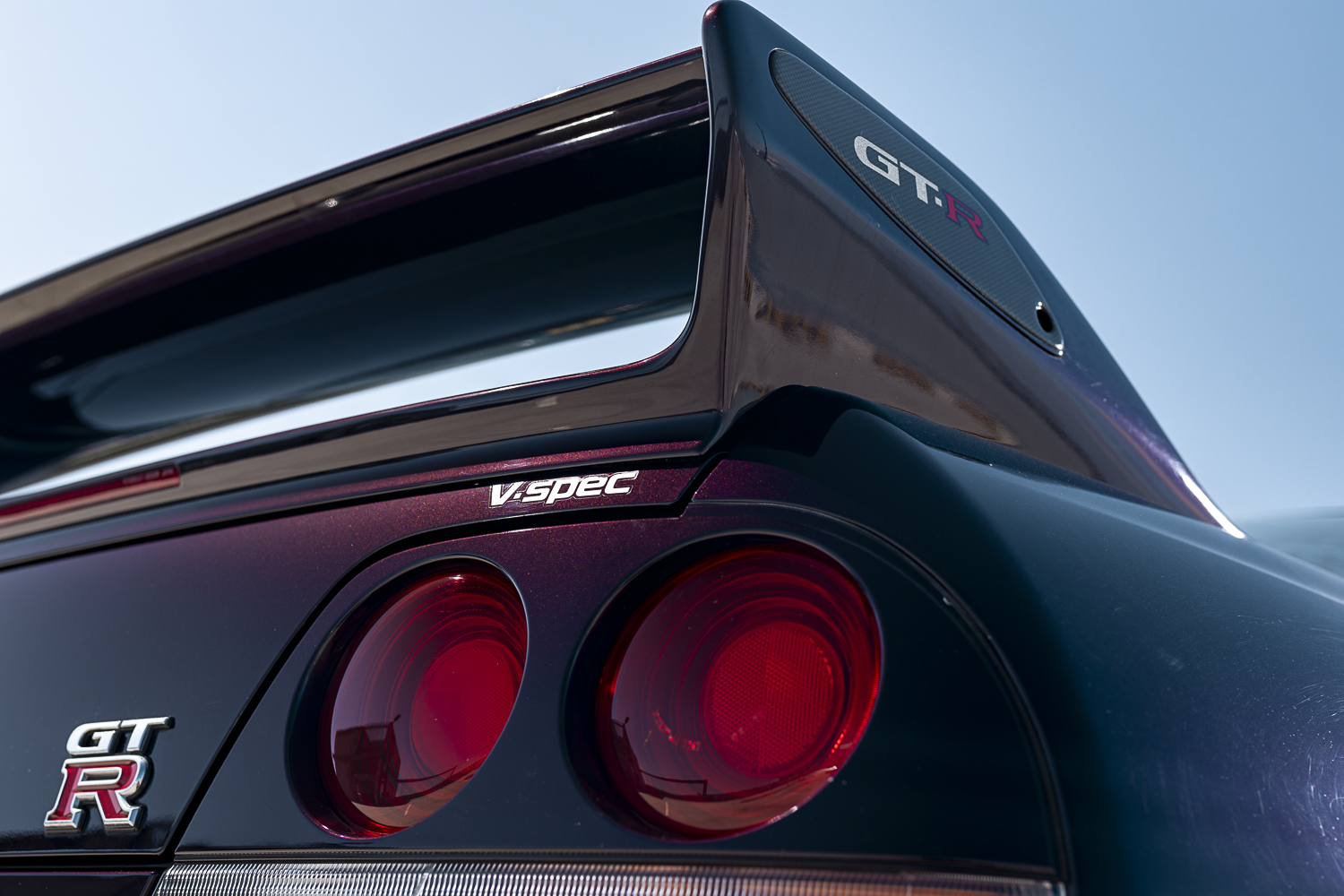
The test verdict went to the BMW, Stahly not being particularly enamoured of the Nissan’s road manners. “Many elements of the Skyline GT-R – its hollow, lagging bottom-end power, its belly-jiggling suspension and savagely tramlining steering, its hard, low seating and metal-on-metal brake feel leave it less pleasant than the others on the road,” he noted.
Many R33 GT-R variants followed, including the very collectable N1 factory lightweight (87 built) and the LM Limited model (188 cars built) which commemorated Nissan’s entry at Le Mans in 1996.
Official UK-spec R33 GT-R V-Specs are interesting, effectively being Series 3 cars (with the bigger front spoiler, revised oil coolers, plus single fog and reversing lights), and 20 of the 100 customers took up the option of the full Connolly leather interior.
The R33 GT-R was produced in three discrete series, with a build run of 16,688 across the almost four years from January ’95 to November ’98. Compare that to the 43,937 R32 GT-Rs built between August ’89 and November ’94 and you’ll appreciate that the R33 is significantly rarer.
Its values enjoyed a bump when the car became eligible to import to the US under the 25-year rule, and solid examples of the V-Spec here in Australia currently change hands typically in the region of $120,000.
In our market, the R33 GT-R has never quite stepped out of the huge shadow cast by its legendary forebear. Similarly, it doesn’t have the Gran Turismo cachet of its successor, the hugely expensive R34. That’s something of a shame because it’s a hugely capable, impressively practical and genuinely tough coupe that still stands up as a driver’s car today.
No, you’re not going to be blowing everything into the weeds like you would have been doing back in 1995, but that’s three decades of progress for you. Sally from accounts with her white-goods Tesla will do a number on you. But that’s not the point.
To appreciate the R33 GT-R is to think not of Bathurst, but of the Nordschleife, of Schoysman and Kurosawa manhandling the big Nissan around the 20.8km of the Green Hell, setting a mark that would live in the minds of motoring enthusiasts around the world for eternity. You may not get to drive flat out through the Foxhole, feeling your face sagging like a fighter jock in a centrifuge. But somebody did to prove this car’s abilities. The R33 isn’t the awkward middle child. It’s a bloody hero too.
Specifications
| Model | R33 Skyline GT-R V spec |
|---|---|
| Engine | 2568cc 6cyl, dohc, 24v, twin-turbo |
| Max Power | 206kW @ 6800rpm |
| Max Torque | 368Nm @ 4400rpm |
| Transmission | 5-speed manual |
| Weight | 1540kg |
| 0-100km/h | 5.4sec (tested) |
| Price | from $100,000 |


